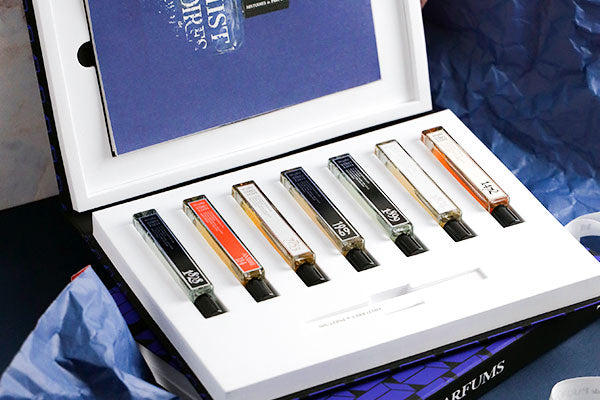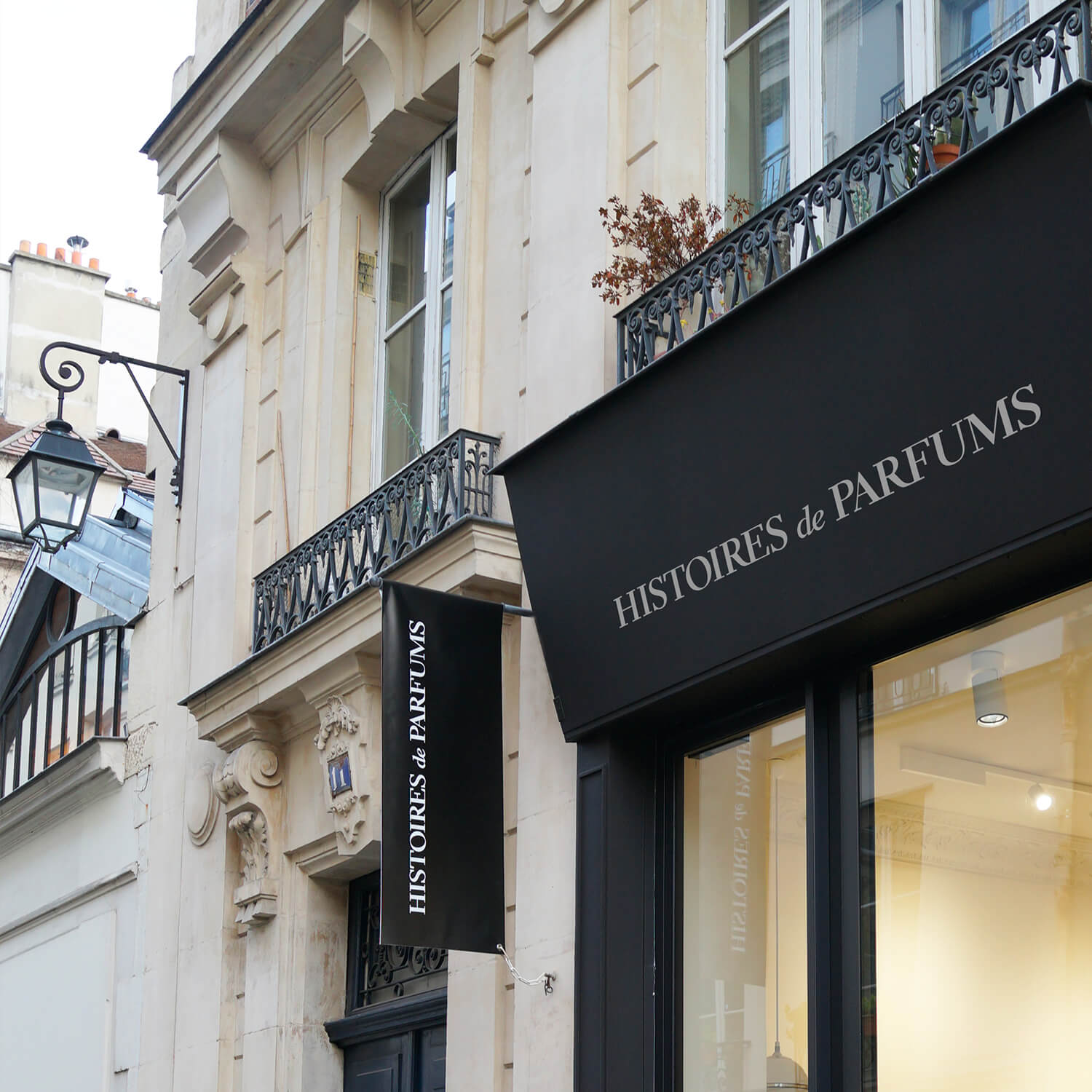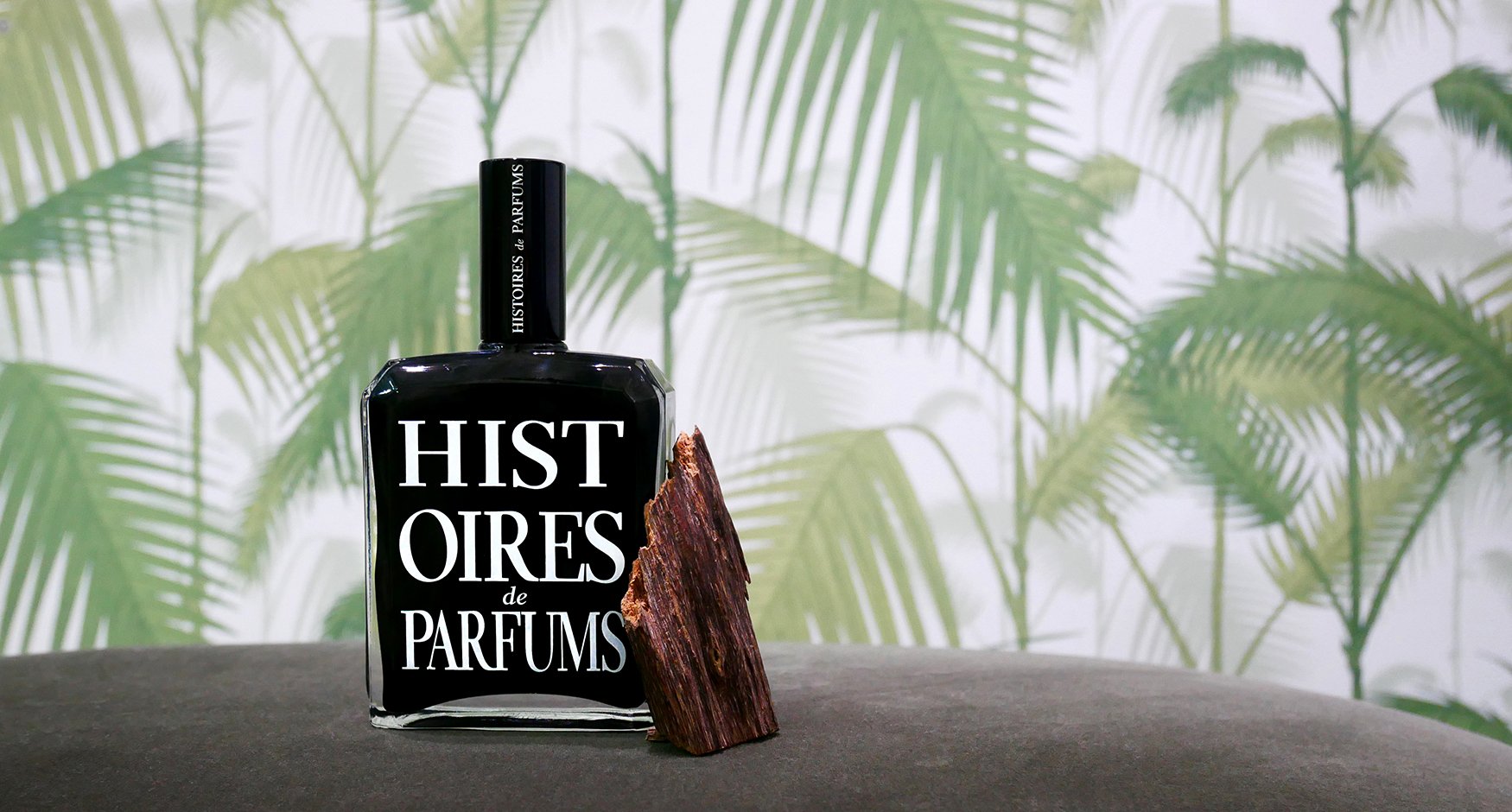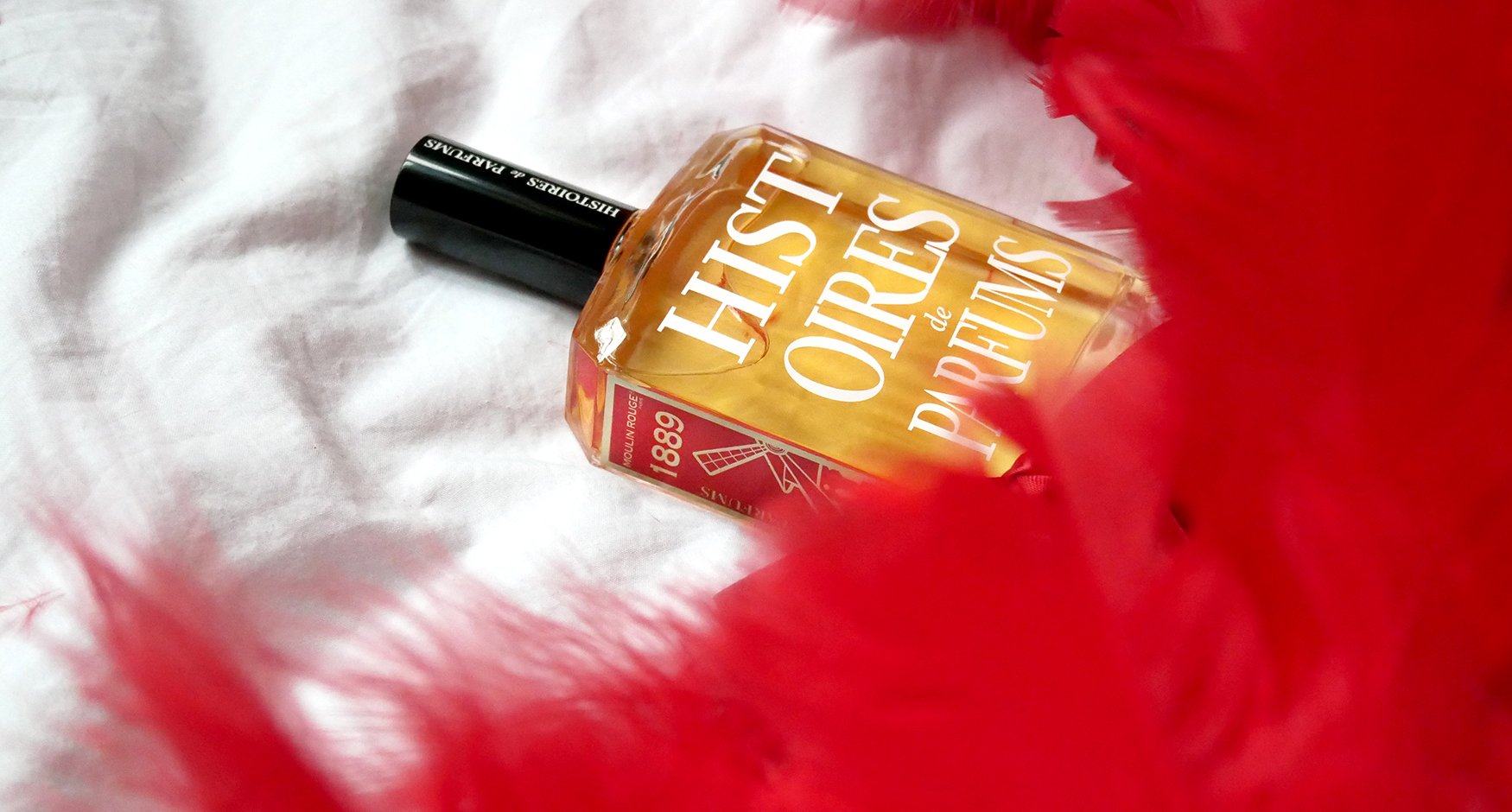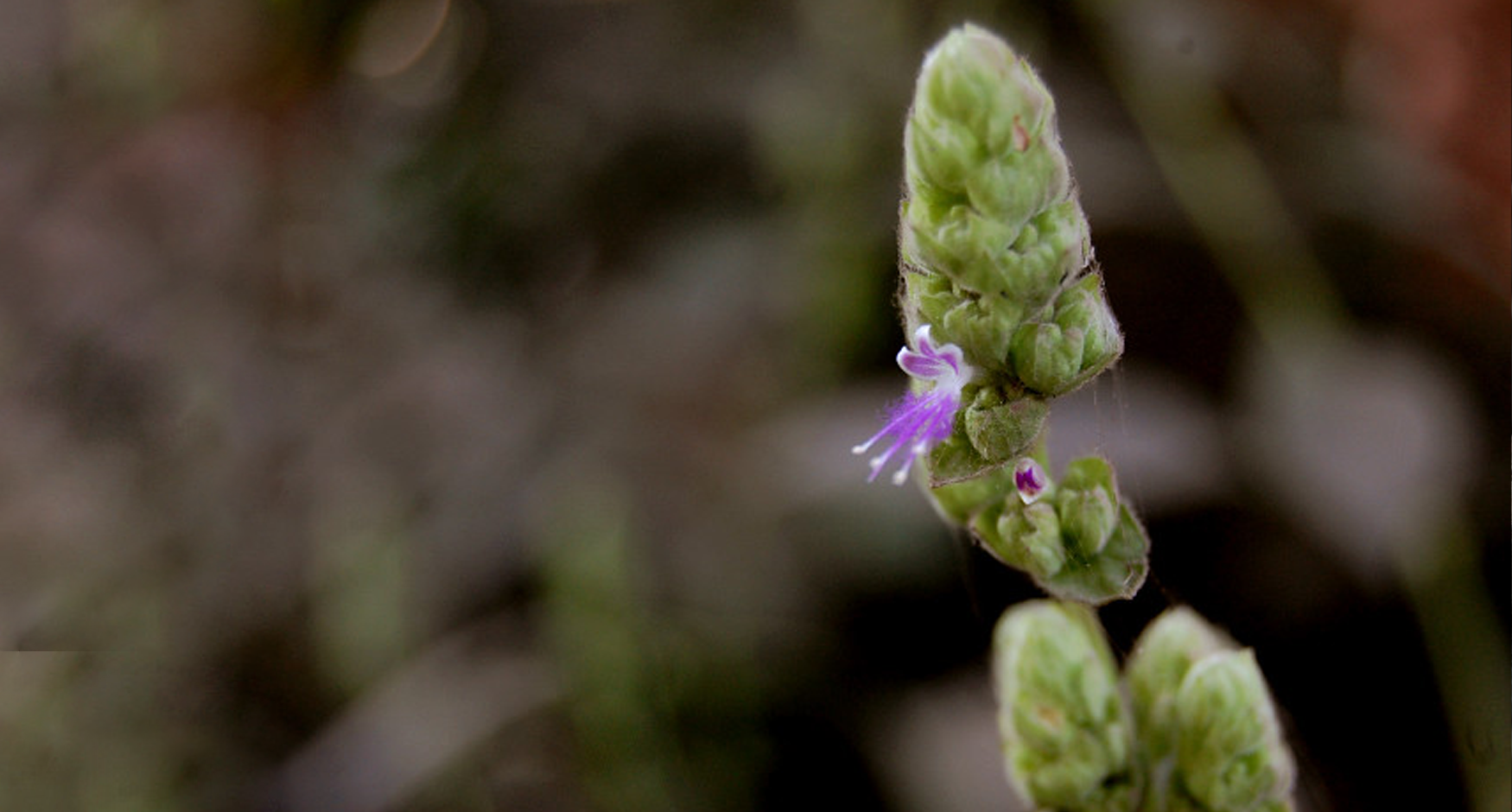
Patchouli
The patchouli comes from the Lamiaceae plant family, native to the tropics of South-East Asia and South America. Its numerous aromatic and medicinal properties make for it to be listed as one of the seven wonders of Barbados.
The name patchouli comes from a combination of two words: "patchai" which means green and "ilai" meaning flower.
Shamans in tribal societies would use patchouli in sortilege. It was used to help in ensure prosperity, love, and aid with fertility. Today, in Malaysia, it is not uncommon to offer an aphrodisiac liqueur, in which patchouli has been soaking, to a young married couple.
It's in the XIXth century that Paris would discover the scent of patchouli. A shipment from India had brought cases filled with shawls to Paris. At the time, fabrics designed with Kashmir motifs were in style. Wrapped in patchouli leaves to repel moths, the fabrics diffused such a spellbinding scent that all the women pounced on the new arrivals. Very quickly, patchouli became a symbolic scent for love.
The patchouli had its glory days during the 1960's and 70's with Flower Power. It became the symbolic scent of sexual freedom and non-conformism. Its earthy and woody hints made it the staple fragrance of voyage and exoticism.
Today, patchouli remains a flagship scent in modern perfumery with many successful fragrances worldwide. As for its production, 330kg of dried patchouli leaves need to be fermented and distilled to create 1 liter of essence.


